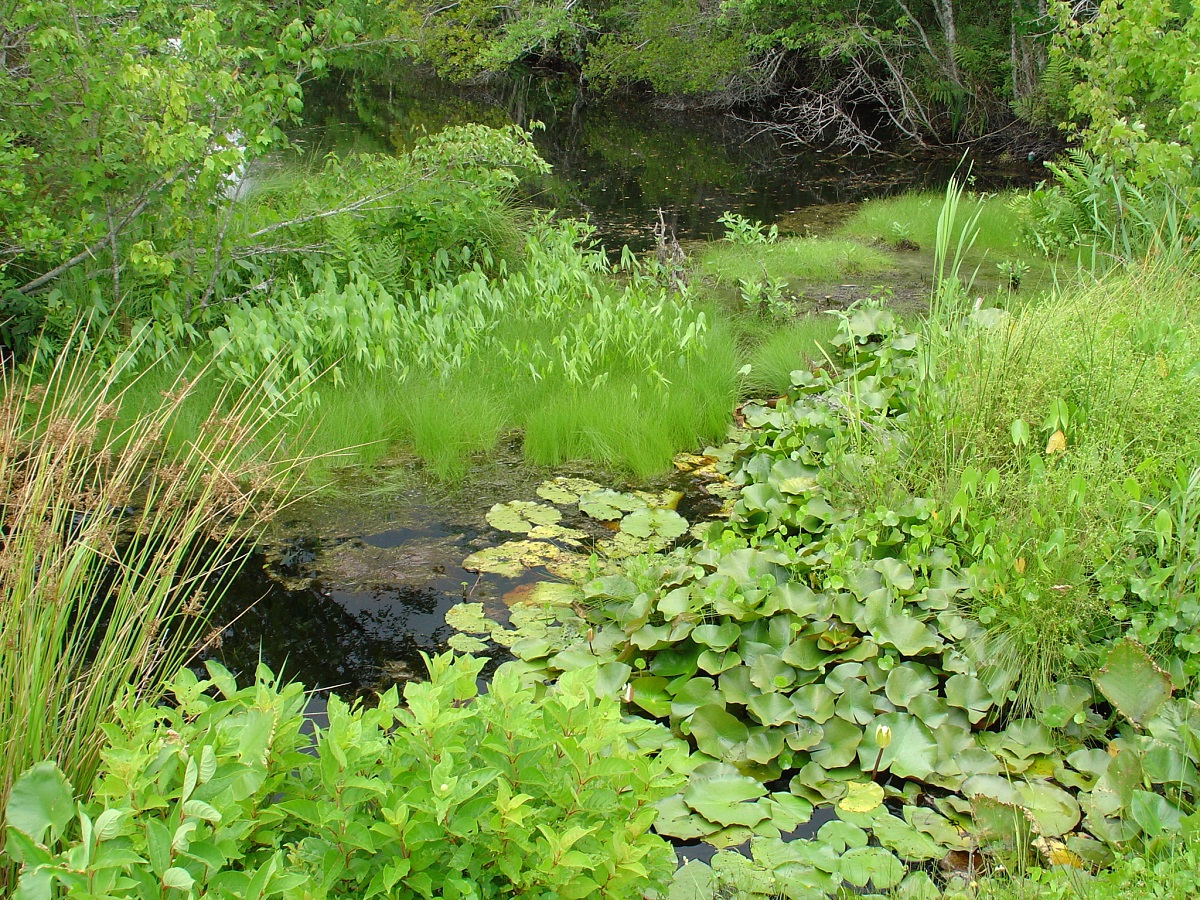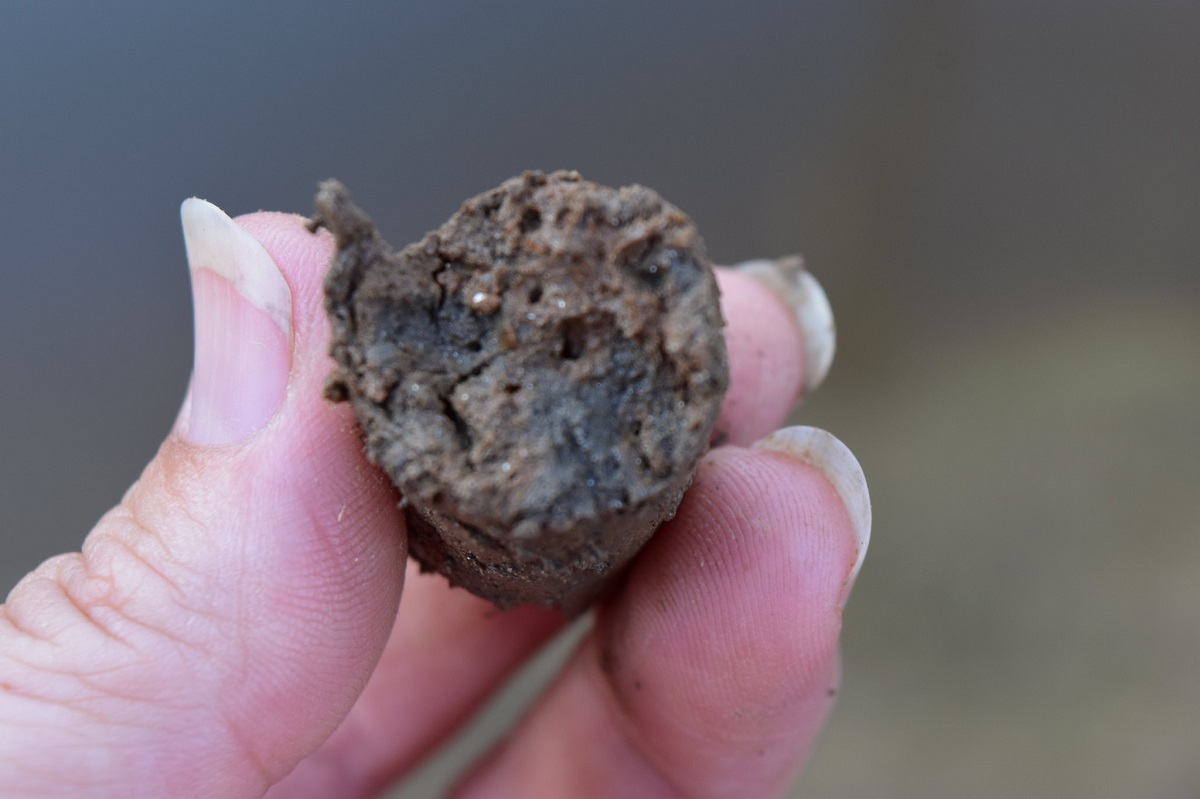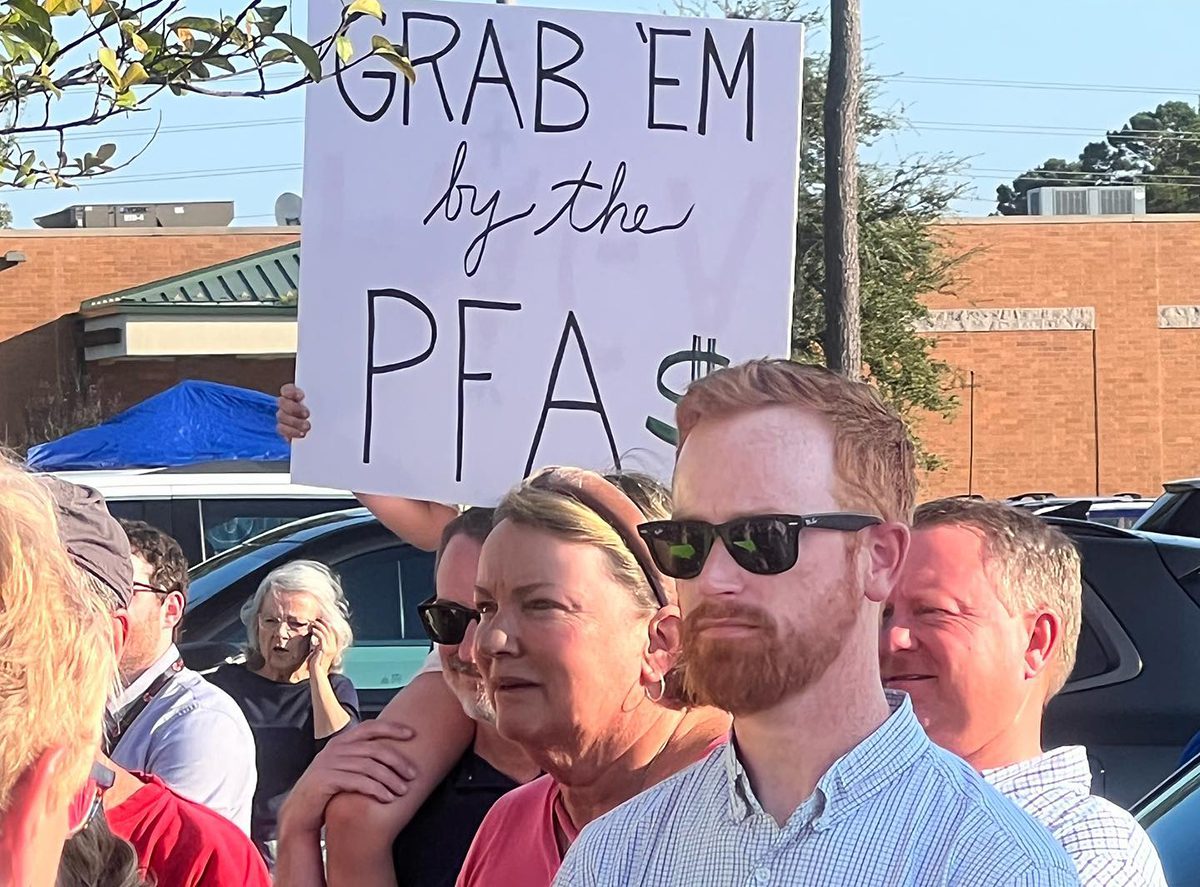
For the last year and a half, since the Trump administration’s Navigable Waters Protection Rule went into effect in June 2020, there has been a permitting gap in North Carolina for projects that would impact wetlands not subject to the Clean Water Act.
The state Environmental Management Commission voted earlier this month to approve permanent rules to cover the gap on these federally nonjurisdictional wetlands. Some members said it would be best to postpone the vote to allow for more public input amid concern with recent changes at the federal level to the definition of “waters of the United States,” or WOTUS. The push to get the permanent rules approved was because temporary rules put in place last May to address the regulatory gap are set to expire March 12.
Supporter Spotlight
The proposed permanent rule, Impacts to Federally Non-Jurisdictional Wetlands and Classified Surface Waters, and a rule amendment to Discharges to Isolated Wetlands and Isolated Classified Surface Waters are now set to go before the Rules Review Commission when it meets Feb. 17 in Raleigh.
North Carolina Division of Water Resources Wetlands Rulemaking Lead Sue Homewood played an integral part in developing both the temporary rules and the proposed permanent rules. She explained the process during the Environmental Management Commission’s online meeting Jan. 13.
“We ended up here because of changes back in 2020 to the Clean Water Act federal jurisdiction for wetlands in certain landscape positions,” she said. “Those changes in 2020 created a permitting gap. It did not change the definition of wetlands at the federal or the state level, it did not change what was a wetland, it did not change the protections in North Carolina for those wetlands. It solely changed how the federal agency implemented the Clean Water Act, and therefore changed how permitting was happening under Section 404 of that Clean Water Act.”
Homewood said that the gap meant the state had no permitting mechanism to authorize impacts to federally nonjurisdictional wetlands.
The Army Corps of Engineers determines whether a site is a wetland under section 404 of the Clean Water Act based on vegetation, soil and hydrology. The Corps identified about 300 wetlands in North Carolina as federally nonjurisdictional.
Supporter Spotlight

The Clean Water Act is a federal program to regulate the discharge of dredged or fill material into waters of the United States, including wetlands. The Clean Water Act provides discretion for Environmental Protection Agency and the Corps to define WOTUS.
The two agencies published in April 2020 the Navigable Waters Protection Rule in the Federal Register, which finalized a revised definition of WOTUS under the Clean Water Act. “In this final rule, the agencies interpret the term ‘waters of the United States’ to encompass: The territorial seas and traditional navigable waters; perennial and intermittent tributaries that contribute surface water flow to such waters; certain lakes, ponds, and impoundments of jurisdictional waters; and wetlands adjacent to other jurisdictional waters,” according to the Navigable Waters Protection Rule.
Because of the then-new rule, a type of wetlands classified under and protected by state law were no longer under federal Clean Water Act jurisdiction and there was no permitting mechanism to authorize unavoidable impacts to this group of wetlands.
Essentially, the rule created the category of federally nonjurisdictional wetlands, which are not isolated wetlands. These are wetlands with a direct connection to downstream waters, according to the division. The rule was vacated in August 2021, but the permitting gap remains.
“The state of North Carolina already had permitting mechanisms in place for federally jurisdictional wetlands, we have permitting mechanism in place for isolated wetlands, and those are wetlands that don’t have a direct connection to downstream waters. But the changes in 2020 created this middle category for which we didn’t have a permitting mechanism. And all that we are proposing is the ability for people to have these projects permitted (that) impact these nonjurisdictional wetlands,” she said.
Once that permitting gap was identified, the department moved as quickly as possible to propose temporary permitting rules, Homewood said.
“We proposed temporary rules because this permitting gap was a big problem for the regulated community, whether that was agriculture, state and local agencies trying to build roads and schools or development. So, temporary rules provided for the fastest process to provide expedited relief while the division continued the more detailed process of permanent rulemaking,” she said.
The temporary rules were adopted in May 2021 and set to expire March 12, 270 days after they were published in the Federal Register.
Homewood said public input during the temporary rulemaking process helped the staff address numerous concerns and also made the permanent rulemaking process go more smoothly.
The draft permanent rules were released for public review in September.
The Biden administration in June announced its plans to revise the definition of WOTUS. Then in August, a federal judge in Arizona vacated the Trump-era Navigable Waters Protection Rule. For now, the EPA and Corps are interpreting WOTUS using pre-2015 rules.
The EPA and the Corps announced Nov. 18 a proposed rule to revise the definition of the WOTUS, which was published Dec. 7 in the Federal Register and is currently in the public comment process that ends Feb. 7.
The federal agencies have released guidance on the changes and continue to update that guidance, as recently as a couple of weeks ago, Homewood said at the time.
The draft permanent rules went through the public notice process in late 2021, after the Navigable Waters Protection Rule was vacated, but only after one set of guidance was issued by the Corps of Engineers. There has been more recent information since the close of the public comment period and the drafting of this hearing officer’s report, she said.
Homewood presented the results, which are included in the Hearing Officer’s Report of Proceedings Public Hearing and Comment Period.
Homewood said that while many of the public comments were in support of the proposed permanent rules, the division did hear some opposition. A written comment from the North Carolina Farm Bureau states, “Do not believe that there is a need for the proposed rule given recent vacatur of the Navigable Waters Protection Rule and announcements from EPA and the USACE stating that they are beginning rulemaking regarding the definition of Waters of the United States.”
The agency responded that until litigation is final, there’s potential that the 2020 rule could be reinstated. “More importantly, approximately 300 wetlands have been identified as non-jurisdictional by the USACE during the period of time when the NWPR was in effect and these determinations remain valid until the expiration date established by the USACE (typically 5 years) irrespective of the status of the proposed federal rule revising the definition of ‘Waters of the Unites States.’ Project proponents who have unavoidable impacts to these wetlands would be prevented from proceeding with their proposed projects without a permitting mechanism. These rules provide certainty to the regulated community in both cases.”
While newer guidance has been interpreted differently by various entities, organizations and consultants, Homewood said the goal is to provide certainty at the state level regardless of the process at the federal level.
Despite the new guidance from the feds, the Division of Water Resources received confirmation from the Corps that the permitting gap still exists in North Carolina, Homewood said.
“The department has done as much investigation as possible. We have talked to various entities, most importantly directly to the Corps of Engineers,” she said. “A permitting gap does still exist, albeit narrower than we identified at the beginning of process, it is still there. Without these rules, there are wetlands out there who may not have the ability to be impacted. For whatever reason somebody would choose to impact them, we need these tools available so that the division can authorize those impacts.”
Speaking before Homewood’s presentation, Environmental Management Commission member Maggie Monast said that the confusion is “going to be ongoing and this is certainly not the last potential shift in the federal landscape on this issue, and so, for me, that just reinforces the need for clear state standards so that we can both protect wetlands appropriately and provide a stable environment for businesses, homes, agriculture, et cetera.”







